Maras and Moray Peru, located just outside of Cusco, stand out as a premier tourist destination that blends archaeology, history, and religion. This site thrived in the pre-Inca and republican era and is known for its stunning agricultural terraces and distinctive linear architectural designs. Here, you can marvel at doorways with intricate high and low relief inscriptions, which are remnants of ancient noble residences still preserving the original urban layout.
What were Maras & Moray?
Maras has been a hub of activity since pre-Inca times, initially serving as an administrative center and commercial exchange point thanks to its rich salt mines. Throughout the Inca and colonial periods, this village was not only prominent in the salt trade through bartering with neighboring regions but also became a significant meeting point for descendants of the Incas and colonists, acting as an administrative link to the Sacred Valley and the jungle.
Today, Maras retains its historical charm through traditional architecture, distinctive doorways, and ancestral customs, transforming into a tourist destination that captivates all who visit.
Where are Maras and Moray located?
The archaeological site of Maras and Moray, situated 48 km northwest of Cusco in the Urubamba province, stretches from the Chinchero plateau. This area lies on an undulating plateau with elevations ranging from 3,384 meters above sea level at its highest to 2,810 meters at the community of Pichingoto in the lower part.
Maras is conveniently located on the paved road that connects Cusco with Urubamba, only 15 minutes from Urubamba and an hour from Cusco, making it easily accessible to this remarkable legacy of the past.
How to get to Maras and Moray in Peru?
To reach Maras and Moray from Cusco, you have several options:
1. Organized tour:
The simplest way to visit Maras and Moray is through an organized tour. Many agencies in Cusco offer half-day or full-day trips that include transportation, a guide, and often other stops at nearby sites like the Salineras de Maras.
| In TreXperience, we do the Sacred Valley tour, which includes Maras and Moray.
2. Public transport and taxi:
You can take a collective or bus from Cusco towards Urubamba and ask to get off at the turnoff for Maras. From there, you can hire a local taxi to take you to the archaeological sites of Maras and Moray, then return to the junction to catch transportation back to Cusco or continue to Urubamba.
3. Private car:
Renting a car in Cusco is another option that gives you the flexibility to visit Maras and Moray, as well as other interesting sites in the Sacred Valley, at your own pace.
Who were the first settlers in Maras Moray?
The first inhabitants of Moray and Maras were the Kuyu Suyus and Anarmakas, ethnic groups organized into lordships and confederations during the formative period of Chanapata-Paqal Moqo and the middle horizon of Wari-Qotakalli. These communities used the site of Aywayro "Cheqoq" as an important religious center.
Weather in Maras Moray, Cusco
The weather at the archaeological site of Maras & Moray is generally temperate and dry, with temperatures varying according to the season and featuring two distinctly different periods:
1. Dry season (April to September): During these months, the climate is predominantly arid, with temperatures reaching up to 21°C.
2. Rainy season (October to March): Precipitation begins sporadically in October and continues until March, with temperatures around 20°C.
Read more | Rainy season in Cusco.
The best time to visit Maras and Moray, Peru
The best times to visit Maras are during the dry and warm season from May to October and from September to April, when the fields turn green, offering a vibrant landscape in the Andes. These periods are ideal for hiking and camping under clear skies.
Maras Salt Mines
Maras is a charming village located in the Sacred Valley of the Incas, close to Cusco, Peru, famous for its historic Maras Salt Mines. These salt terraces, dating back to pre-Inca times, consist of over 4,000 ponds where saltwater from an underground spring evaporates, leaving behind salt crystals. This ancient harvesting method remains active, allowing visitors to witness a millennia-old tradition still in use.
In addition to the salt mines, Maras serves as a gateway to Moray, another significant site where the Incas experimented with crops on circular terraces at various altitudes, functioning as an ancient agricultural laboratory.
When has the salt from Maras been traded?
Since pre-Inca times, through the Inca period and the colonial era, salt has been a critical element in trade through bartering among communities in the jungle, the highlands, and possibly the central highlands. Today, it remains a fundamental product in trade transactions between residents and visitors to the area.
Where was salt extracted in Maras?
The tribes of Paga, Guaro, Cachi, and Pichingoto first extracted salt at Apu Q'aqya, using ancient salt farms and enclosures. They established the second extraction site at the infrastructure of Kachi Raqay, which included storage and transportation systems that the Yanaconas exploited through the Mita system.
How does Maras salt originate?
The origin of Maras salt comes from the dissolution of underground rock salt deposits by water currents that carry minerals such as sulfates, calcium (anhydrite, gypsum), carbonates (calcite, siderite), salts (halite, sylvite), and oxides (hematite, limonite). These components produce salt in shades of white, reddish, and yellowish, variations that result from the presence of bituminous or organic substances, as well as calcium, magnesium, and sulfate, and are known for their pleasant taste.
How many salt ponds are there today in Maras?
Currently, 4,200 salt ponds cover an area of 15 to 20 hectares on the western slope of the valley. Springs of saltwater emerge here on a 20-degree slope. Workers have constructed the ponds in terraced steps that descend towards the lower part of the valley. They extract salt during the dry season and conduct harvests up to a maximum of once per month.
What is the process of salting in Maras?
The process begins with the collection of water from sources located on the slopes of Cruz Mocco hill, known as Puma-Pucyo (Female Spring) and Sumac-Pucyo (Male Spring). This water flows through the main channel, called "hatun yarka," which leads to the salt Qochas. Here, irrigation (Qarpay) starts, flooding the ponds to a depth of 5 to 10 cm.
Then, the water is allowed to rest for three days, during which time the salt begins to emerge, known as tikasca or tikachakusan. This process concludes in five days, transforming the water into crystallized salt at the bottom of the ponds.
What is the process of harvesting or extracting Maras salt?
Salt extraction from the ponds, or Qochas de sal, begins five days later. Workers start the process by gently scraping the first two layers of salt with a small board, focusing on collecting only the cleanest part. They then move the salt to dry under the shade on a flat surface known as ch’aquina, where they drain any remaining water. Finally, they package the salt in various forms before distributing it to the market.
How many varieties of salt does Maras produce?
From each Qocha or salt well, four different varieties are extracted:
1. Pakallo: The first layer is a white table salt intended for human consumption.
2. Takaya: Also a consumption salt, collected as the second layer.
3. Allpa-cachi: The third layer, known as seeding salt, is commonly used for livestock.
4. Salt from the riverbanks: The fourth type, consisting of thicker crystals formed on the edges of the Qochas, is used exclusively for livestock.
Additionally, the Allpa-cachi salt is used in crop fields one week after irrigating them as part of a traditional method performed by the Arariwas.
What materials are used for salt extraction?
For salt extraction, workers use specific tools: eucalyptus boards, known as kisuna or rasponas, measuring between 80 to 50 cm in length and 15 cm in width; metal shovels; and willina baskets, which are essential for handling the salt.
How to get to Salineras de Maras Moray if I am in the city of Ollantaytambo?
Finally The most practical way is to take a taxi. A half-day tour from Ollantaytambo can cost 150-160 soles (ending in Cusco?). The cheaper but more adventurous option... Take one of the colectivos (12-15 soles) to Cusco. Tell the driver that you will get off at the "RAMAL de MARAS."
Moray in Cusco, Peru
Etymologically, the word "Moray" originates from Quechua. Some say it comes from "Aymoray," a term referring to May, the month of corn harvesting and the beginning of potato dehydration, known today as Moraya or Mora. Others believe it derives from "Muyu," meaning round, and "Uray," meaning down or low part, alluding to a sunken territory.
History of Moray
The archaeological site of Moray, built by the Ayarmaca during the 15th and early 16th centuries, served as their Paqarina under the leadership of Sinche Tocay Capac Inga. At its peak, Manco Capac transformed Moray into an agricultural research center that also served political and religious functions.
When the Spanish arrived in Cusco in 1532, they abandoned Moray, and by 1561, they had incorporated these lands into the repartimientos. In 1556, the encomendero Pedro Ortiz de Orue founded the village of San Francisco de Maras, turning it into a key point for travelers and traders.
Today, Maras-Moray attracts both international and local tourists with its iconic doorways, vibrant culture, historic salineras, architectural organization, and terraces, which remain the main attraction of the place.
When and by whom was Moray discovered?
Moray was discovered in 1931 by Americans Robert Shippee and George Johnson, who explored this site during an overflight.
What other places can I visit in Moray?
Once at the site, we can explore the landscape and history that make up this archaeological space through various points of interest:
Checoq: South of the current town of Maras Ayllu, this site consists of domestic units, storage areas, terraces, and pens for camelids. These elements provide a clear view of the domestic organization, social hierarchy, and productive activities of the area.
Colonial Church: Builders constructed this temple in 1556 over an Inka waka during the colonial era, showcasing it as an example of the extirpation of indigenous idolatries. They reused materials from the Inka waka in its construction, which is notable for containing artwork, including many pieces by the indigenous artist Antonio Sinchi Roca.
Tiobamba Sanctuary—Chapel of the Indians: Located 2 kilometers from the town of Maras, this baroque sanctuary from the 16th and 17th centuries features an adobe and lithic block facade.
Kuichi Pugio: Situated next to a stream leading to the Maras salt pans, it features small lithic tombs made of evaporites and limestones, bonded with mud mortar.
Pichingoto: Positioned on the banks of the Vilcanota River and opposite the Playa Media Luna community, this site contains a dump of ceramic fragments in the Killke style.
- Kachi Raqay: This site features rectangular enclosures from the Inka period located on a plain.
Where to stay?
In Maras and Moray, located in the Sacred Valley near Cusco, you can find various lodging options ranging from boutique hotels to more rustic accommodations and guesthouses. Here are some popular choices:
Boutique hotels: These offer a more luxurious and unique experience, with stunning views of the Andean landscape and high-quality services. A notable example in the area is the Explora Valle Sagrado, which provides comfort as well as tours and activities.
Rural lodgings: If you're looking for a more authentic and nature-close experience, rural lodgings or lodges are an excellent option. These places are usually more affordable and offer the chance to interact with the local community.
Guesthouses: Guesthouses are a cozy and budget-friendly option, ideal for travelers looking for a comfortable stay without spending a lot. They offer private and shared rooms with basic facilities.
Hostels: For more adventurous travelers or those on a tight budget, hostels in the area provide affordable lodging, with options for shared dormitories and essential services.
Airbnb: You can also find various Airbnb options in the area, from complete apartments to private rooms in local homes, allowing for a more personalized experience.
Typical foods of the area
In the Maras and Moray region of the Sacred Valley of the Incas, you can enjoy a variety of traditional dishes that reflect the rich culinary tradition of Peru, especially from the Andean region. Here are some of the local foods you shouldn't miss:
- Quinoa soup
- Mushroom Kapchi
- Manca Chicharrón
- Corn with cheese
- Merienda mareña
- Pachamanca
Practical tips for your visit
Before visiting the archaeological site, make sure to follow these tips:
- Carry your tourist ticket and ID.
- High mountain shoes are essential for safely navigating uneven terrain.
- Wear comfortable clothing suitable for hiking, and remember sunglasses and sunscreen to protect yourself from UV rays and prevent burns.
- A wide-brimmed hat will also be helpful in protecting you from the intense sun.
- Pack a backpack with essential medications for muscle pain, altitude sickness, and headaches.
- Bring a water bottle to stay hydrated.
Gates to the past and marvels of Incan Ingenuity
Maras and Moray are not only witnesses to the architectural and agricultural ingenuity of the Incas but also living gateways to a culture that continues to resonate through the centuries. Visiting these wonders, you not only explore the splendor of ancient civilizations but also connect with nature and tradition in a deeply personal way.
From the intricate terraces of Moray to the glistening salt pans of Maras, each step is a step back in time and a reminder of the enduring relationship between man and earth. So, if you're looking for a place where history meets natural beauty, where every view and every path tells a story, Maras and Moray are waiting to add their magic to your journey.

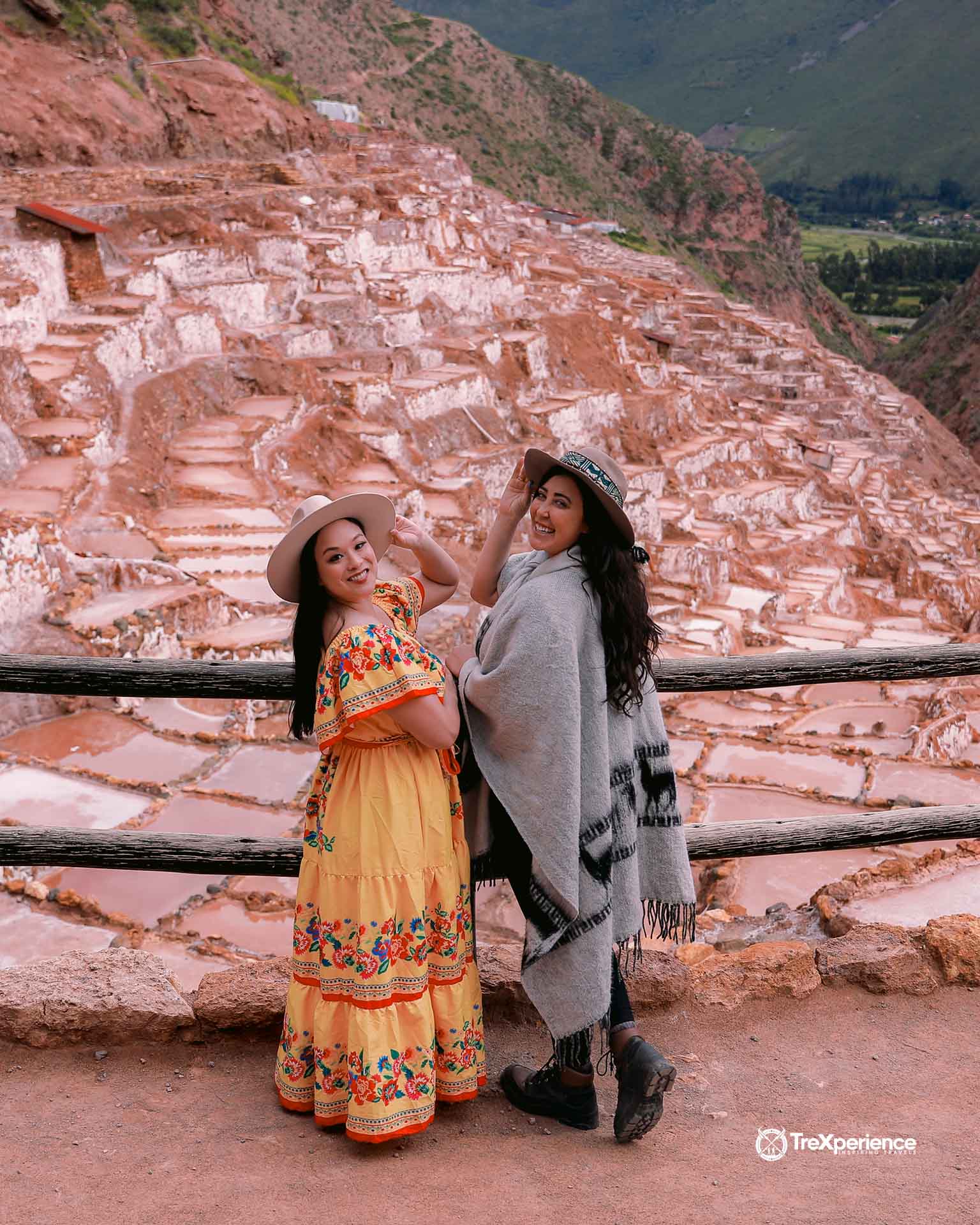
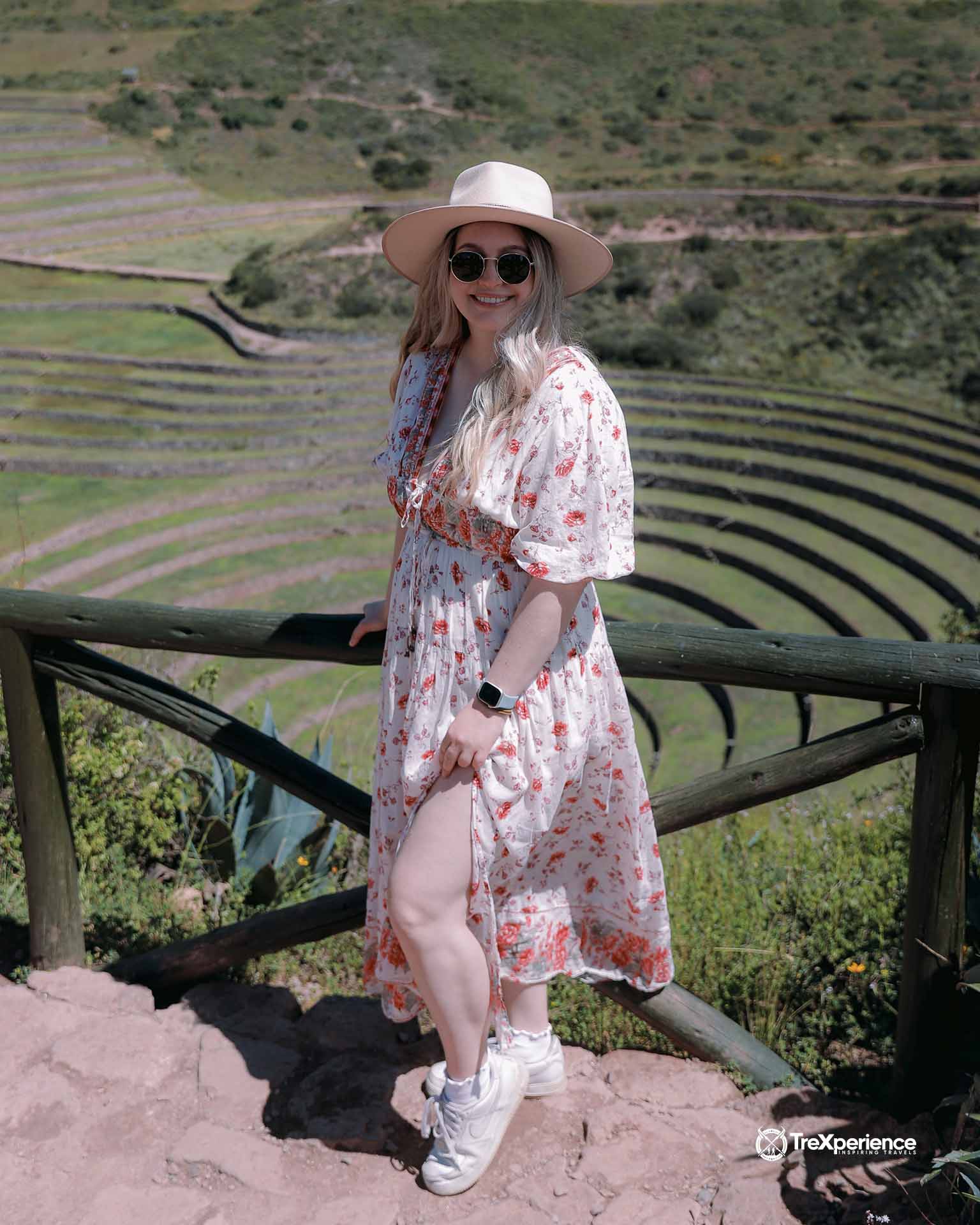

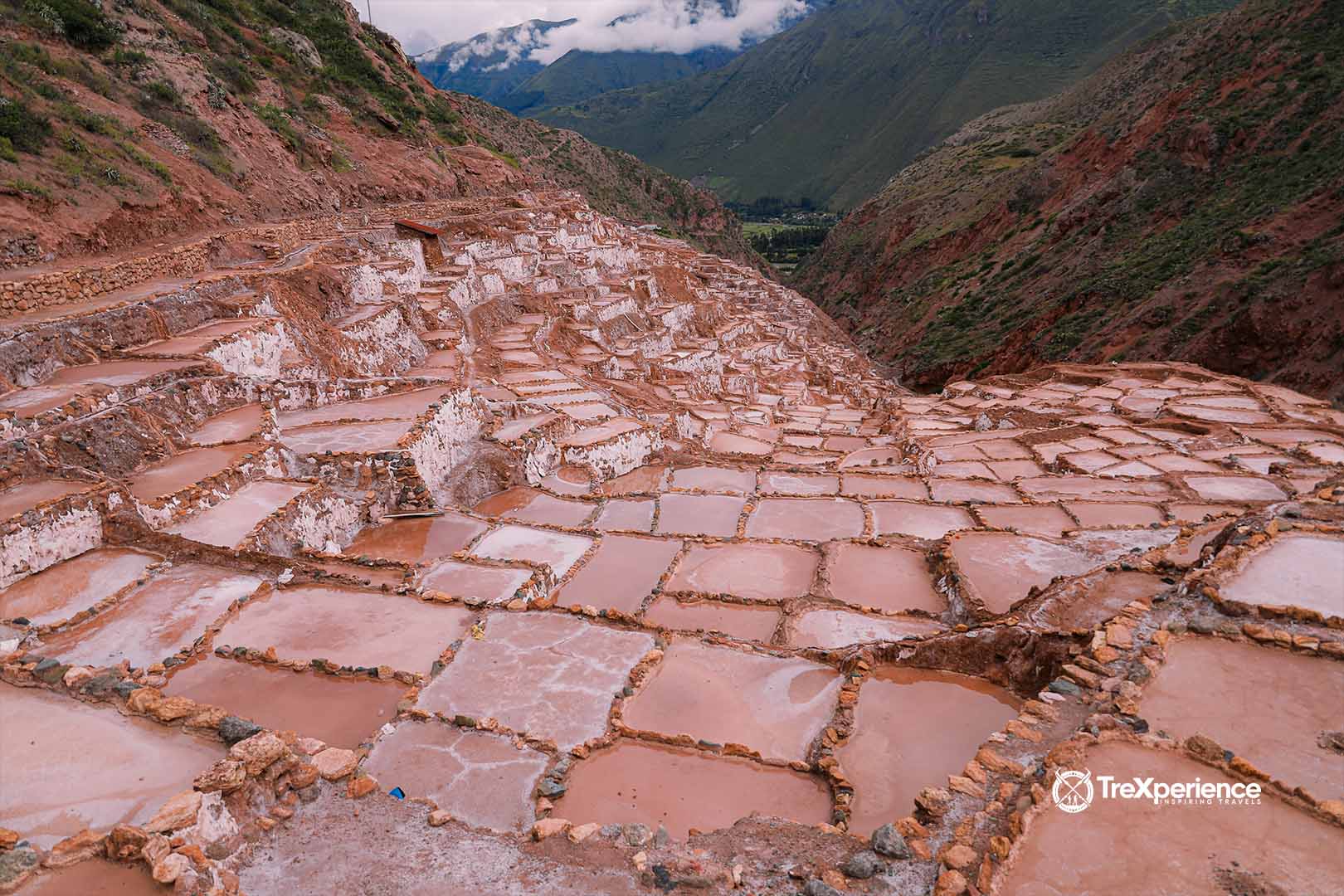
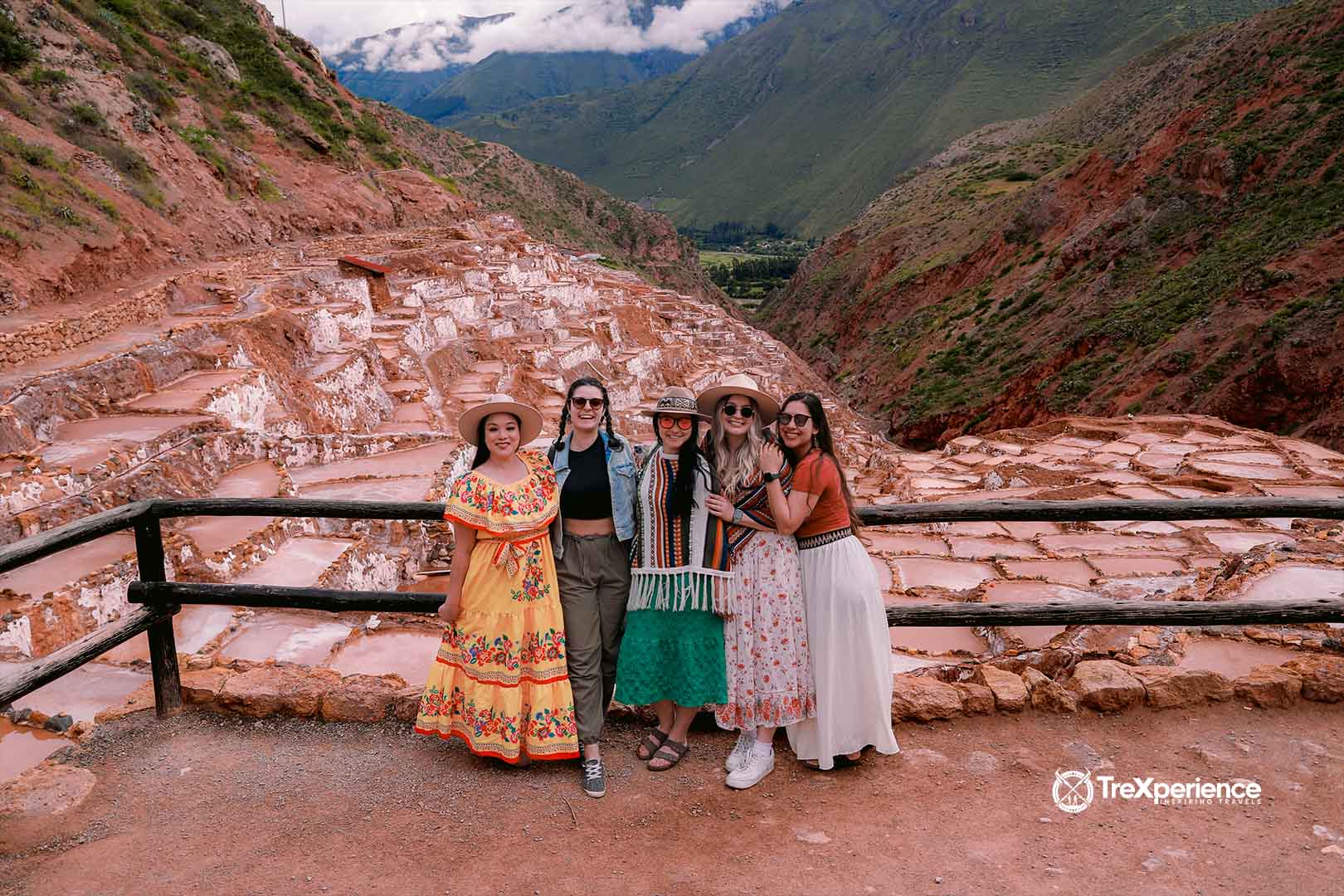
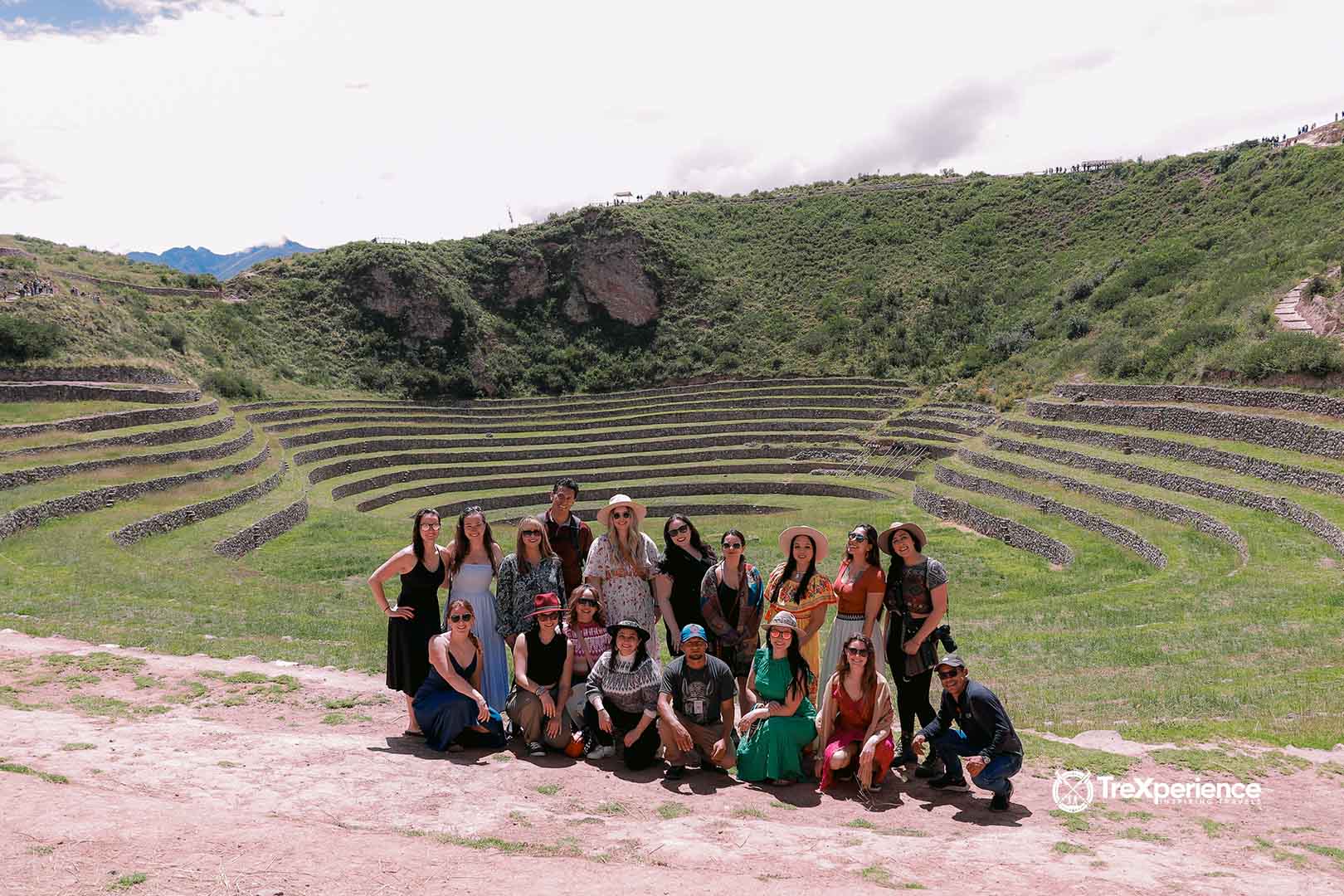
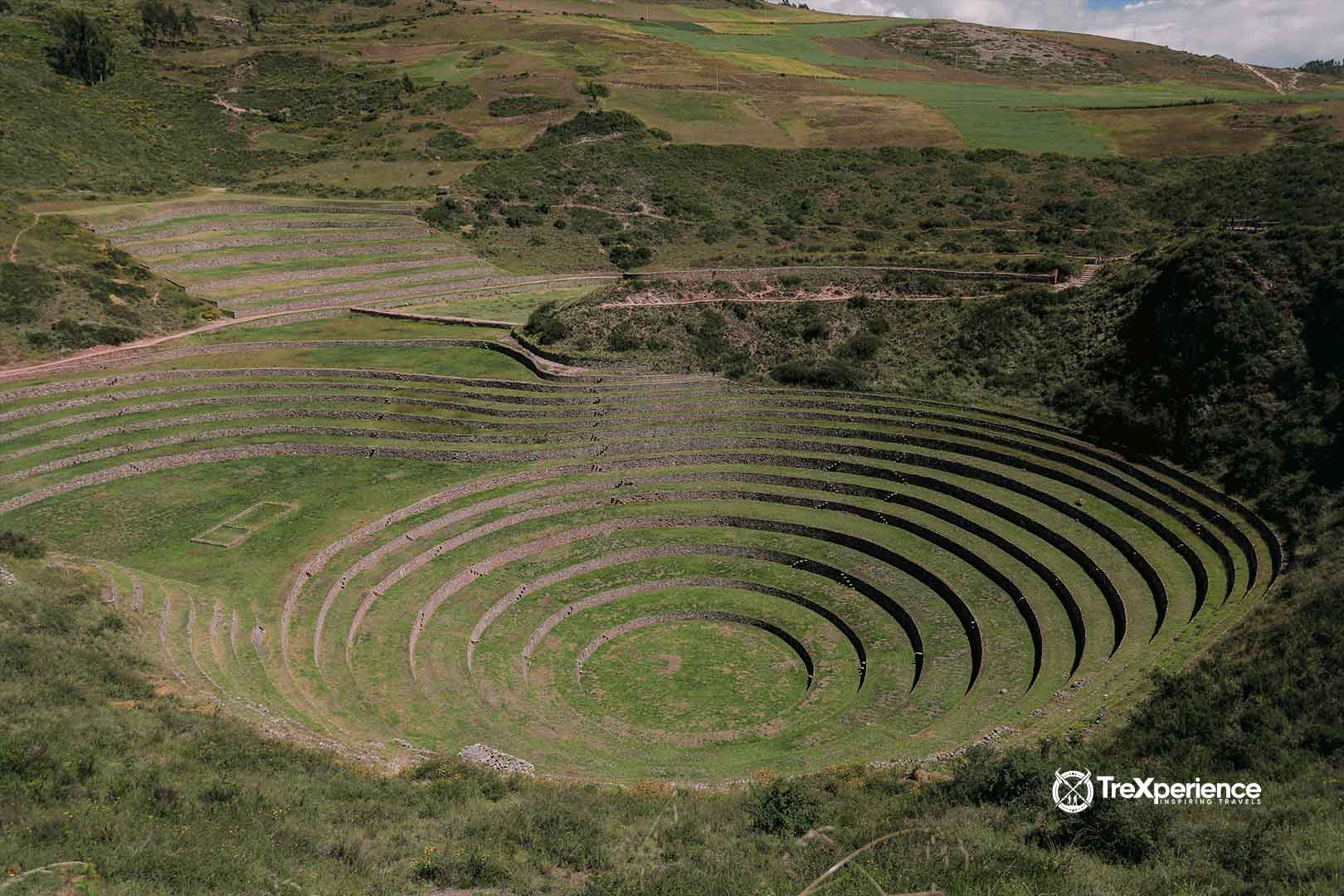

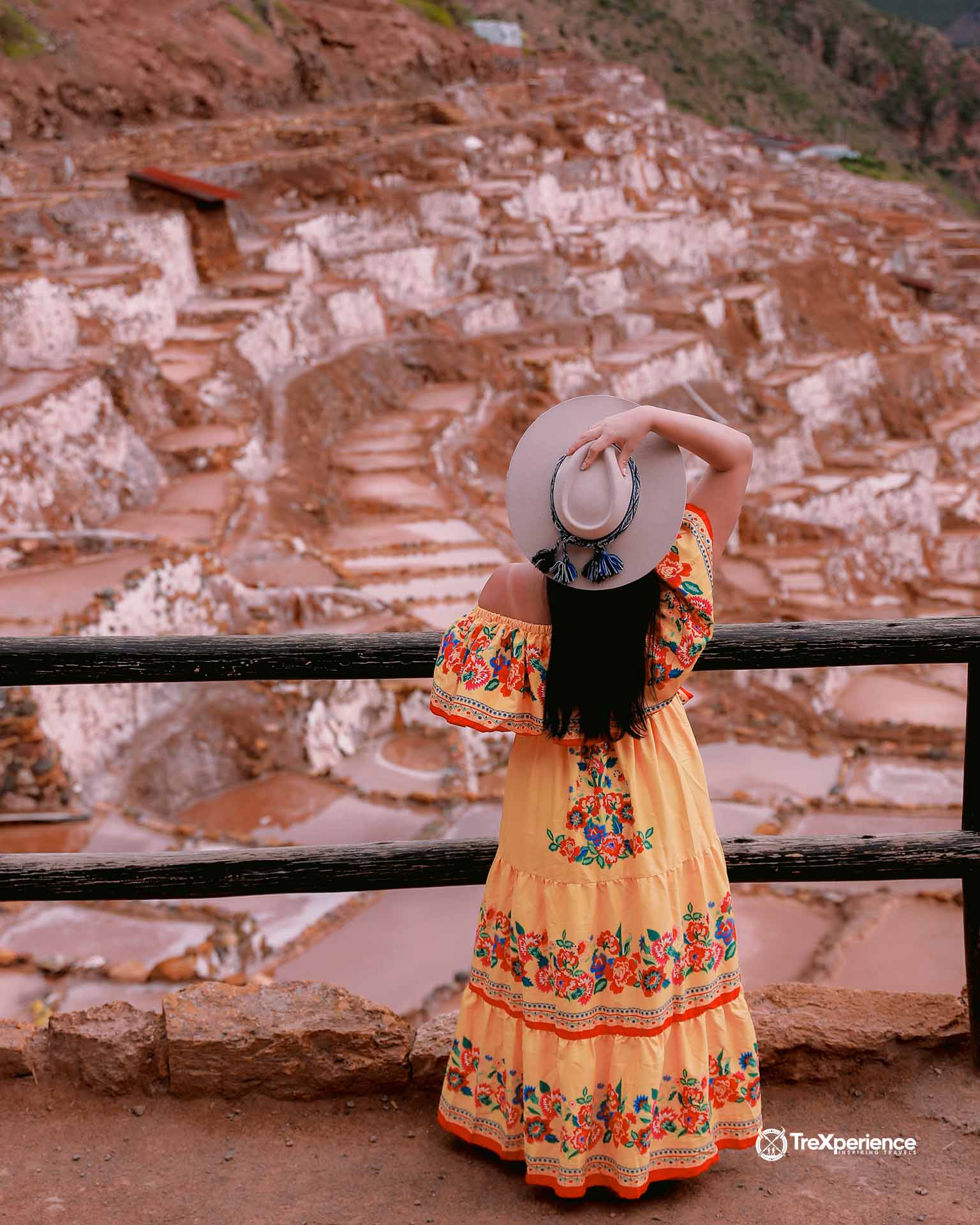
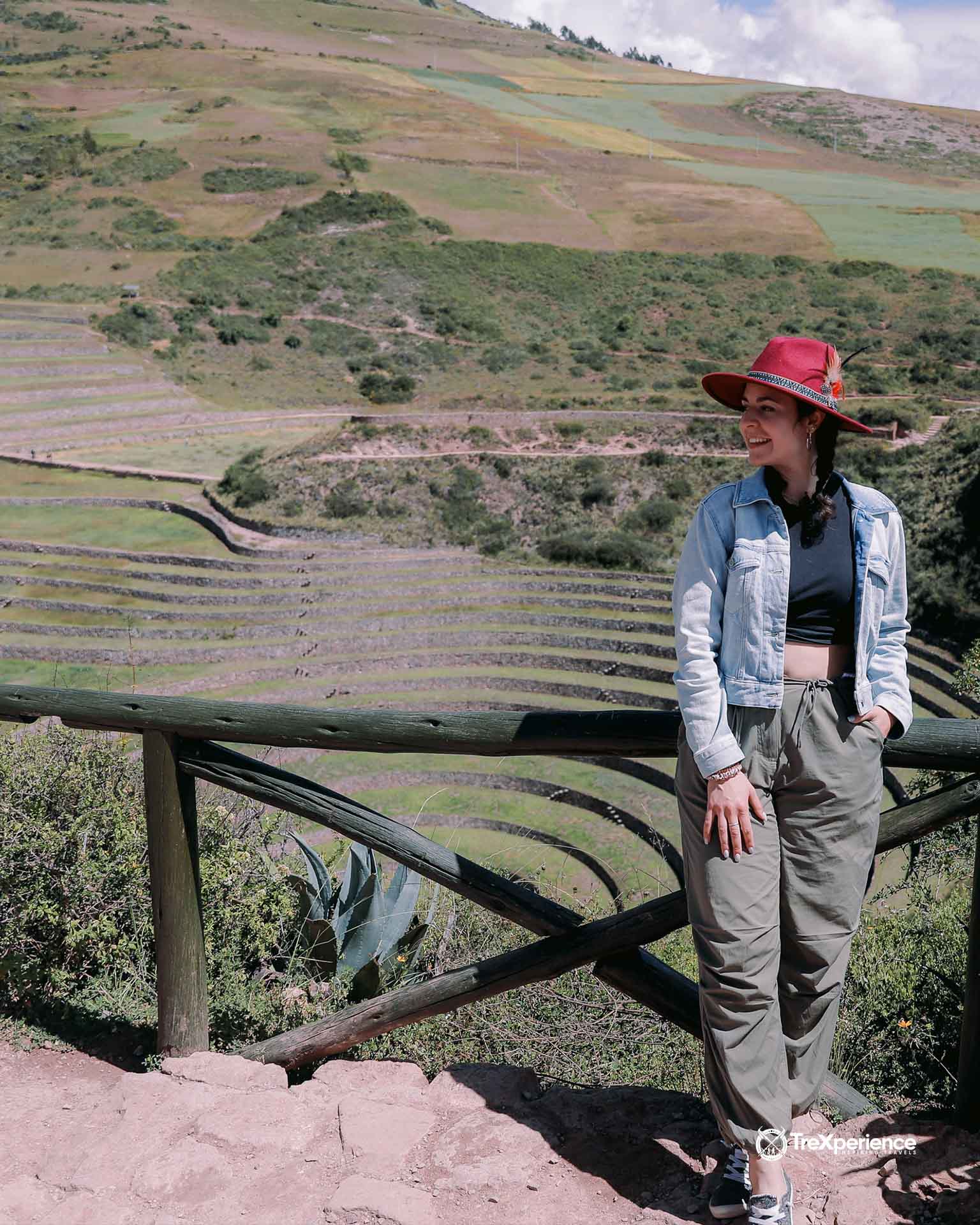
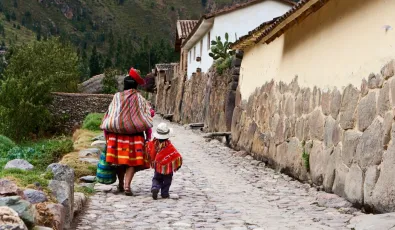
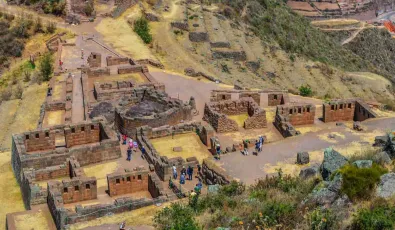
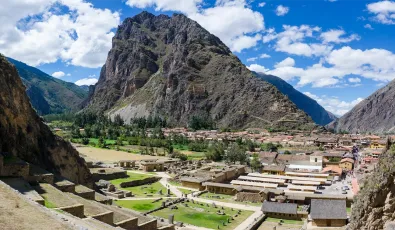

Add new comment